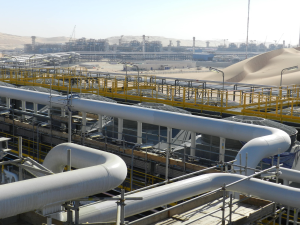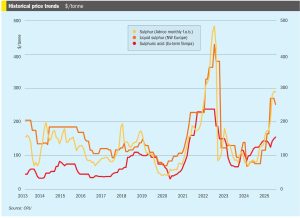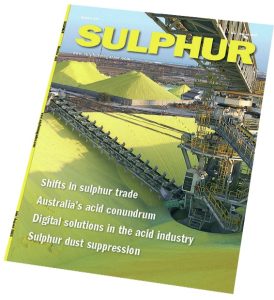
New phosphoric acid plant
Egypt’s Minister of Petroleum and Mineral Resources, Karim Badawi and New Valley Governor, Mohamed Al-Zamlout were present at the signing of a framework agreement between a consortium of Egyptian public companies to build a new phosphoric acid plant at Abu Tartour in the New Valley region. The project aims to maximise added value and increasing the economic return on Egyptian phosphate ore by using it in higher-yield industries rather than exporting it as a raw material. The Egyptian state-owned consortium includes Abu Qir Fertilizers; East Gas Company, Mineral Resources and Mining Industries Authority; Misr Phosphate, AT-PHOS, Petroleum Projects and Technical Consultations Company (PETROJET), and Engineering for the Petroleum and Process Industries (ENPPI), all of which are shareholders in the project. The contractor agreement was signed with a Chinese consortium of China State Construction Engineering Corporation (CSCEC) and East China Engineering Science and Technology Co (ECEC).







